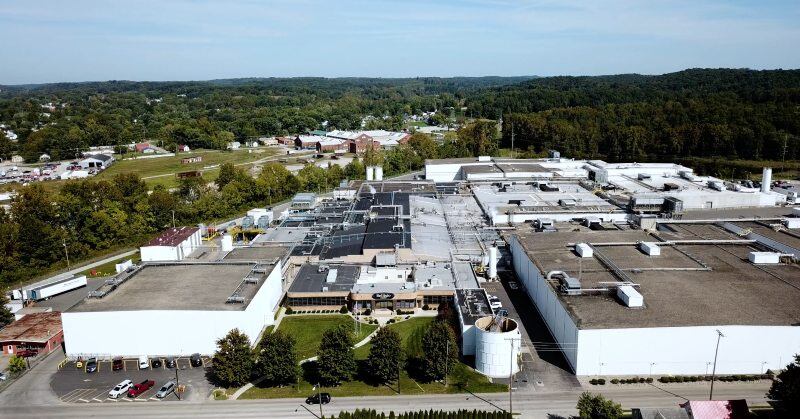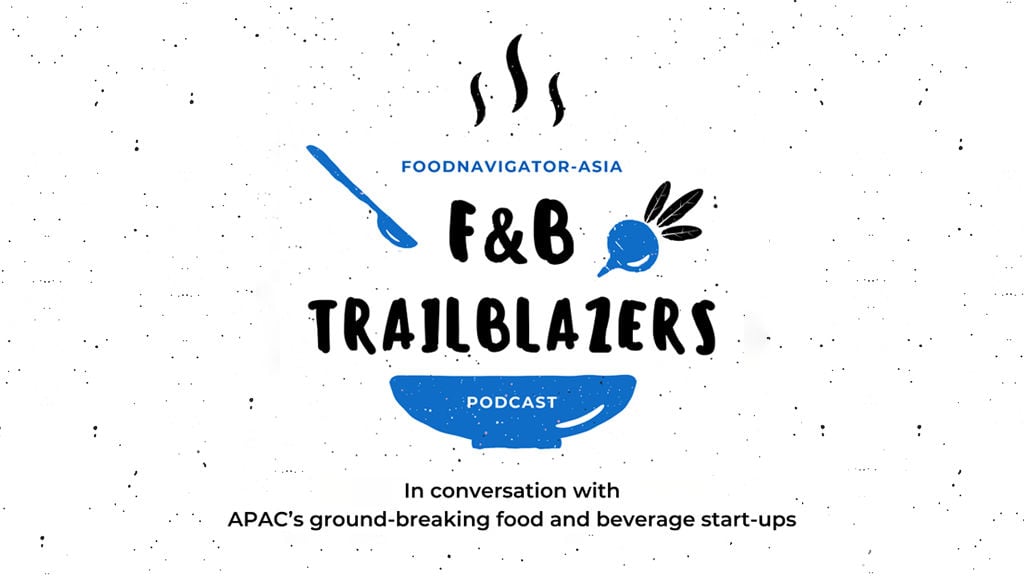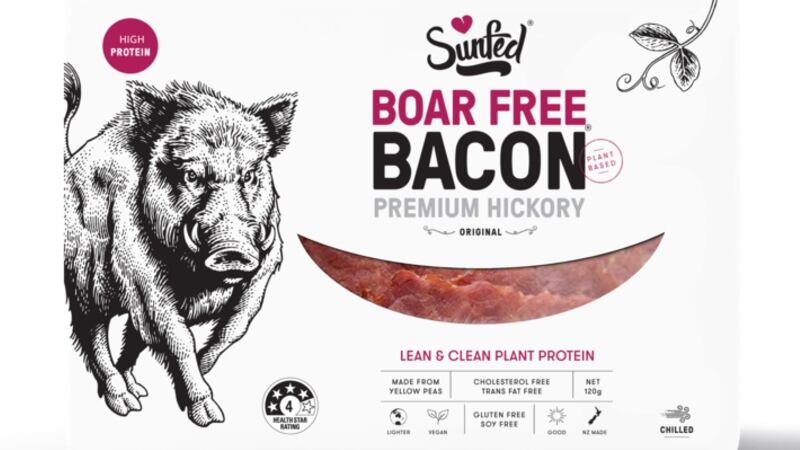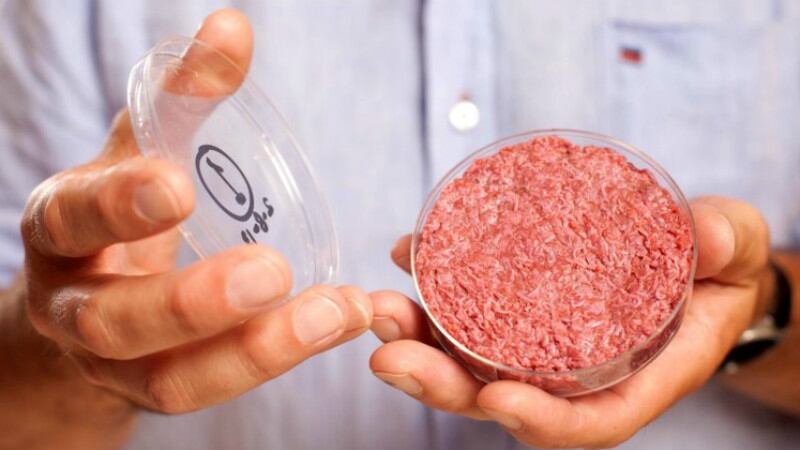In the first of an exclusive two-part series on CP’s aggressive US expansion, Boonchai explained to FoodNavigator-Asia how the purchase of HyLife, which is the largest pork producer in Canada, is expected to aid the firm’s growth in the region and beyond.
CP Foods purchased HyLife in 2019 for CA$498mn (US$374mn) in 2019, which made it the 50.1% majority owner along with Japanese partner Itochu Corp which holds 49.9% - meaning that doors to both the American and Japanese markets were simultaneously opened for the firm.
“This investment gave us immediate access to pork for export all over North America as HyLife is already a well-known name, and also gave us access to the premium pork market in Japan via Itochu where it has a very high market position,” said Boonchai.
“We are looking at Japan along with Itochu as we believe our smart packaging gives CP pork an edge – it can keep meat fresh for up to 49 days without freezing, which means the pork can reach Japan from Canada still in fresh condition.
“Most consumers do prefer fresh over frozen, and this sustainable packaging has extended the pork’s shelf life from seven to eight days, to between 1.5 to two months by essentially using a vacuum to keep oxygen out and prevent contamination.”
“HyLife produces some 3.4 million hogs annually and sells to over 20 countries worldwide – it made the company some CA$800mn (US$600.7mn) last year, and we expected this year’s numbers to exceed this due to the African Swine Fever (ASF) outbreak.”
The ASF situation is also one of the reasons CP Foods believes it will be able to gain increased access into one of the world’s largest pork markets – China.
“The purchase of HyLife also allows us to export pork from Canada to China, and due to ASF we believe this demand will go up,” said Boonchai.
“China had to kill some 130 million pigs due to ASF, which is 20% to 25% of the local pig population, and they are going to need more pork supply for food security reasons.
“So our strategy is two-pronged: Look to China to supply high volumes of pork, and look to Japan for the value-based premium market. Our other target premium pork market is Korea.”
Integrated pork business
CP Foods also has ambitious plans to develop what Boonchai calls its ‘integrated pork production business’, which would bring all its North American pork investments together to create a pork value chain from hog to pork processing.
“CP also acquired Canadian hog farming company ProVista via HyLife in May this year, which has over 37,000 sows and will guarantee us a stable supply chain of pigs,” said Boonchai.
“This purchase, along with another investment through HyLife in US pork processing firm Prime Pork, and HyLife operations consolidated means that we will be able to process some 3.2 million pigs annually, a big jump from the previous production capacity of two million.”
He added that technology has played an integral part in ensuring the high quality of CP’s pork, starting from the pig farm.
“We kept all our pigs ASF-free by using what is called the Evaporative Cooling System (EVAP), which ensures the swine are kept in the right environment covering humidity, ventilation, lighting and so on,” said Boonchai.
“This system along with our strict quality checks for both animals and employees helps to prevent external infections and also affords the pigs enough space to move around freely.”
Shrimp still on the radar
When we last spoke to Boonchai, the firm had just embarked on a local shrimp cultivation project with a strong focus on seafood. This has been slightly delayed due to COVID-19, but he stressed that it was still on the firm’s radar.
“Our homegrown shrimp project has been focused on R&D, and the first project yielded 3.5 million baby shrimp in April 2020 which has mostly been sold in the US and exported to EU,” he revealed.
“The plan was to have a commercial farm by the end of 2020, but COVID-19 hit and demand dropped, so the team has been focusing on R&D on a commercial scale for now. We also wanted to bring in experts from Thailand and Vietnam to help the US business in terms of technology, but travel restrictions have obviously made this difficult.
“But this is definitely still on our priority radar, as US shrimp consumption is still one of the largest in the world at 4.4 pounds per capita per person – so we are still committed to move forward with it.”
He also described CP Foods’ strategic focus in the region as a ‘must-continue’ for the company’s growth.
“The United States has three major power engines in its favour: It has the number one GDP worldwide so consumer spending and demand is high; the most advanced technology in terms of AI, gene sequencing and so on is still here; and high quality education such as from Ivy League schools [means a high quality workforce],” said Boonchai.
“So our strategic focus in the United States, as well as in the whole of the North American region, will definitely continue.”





